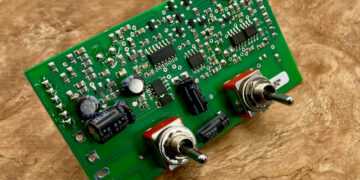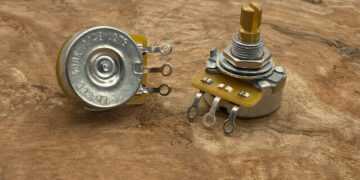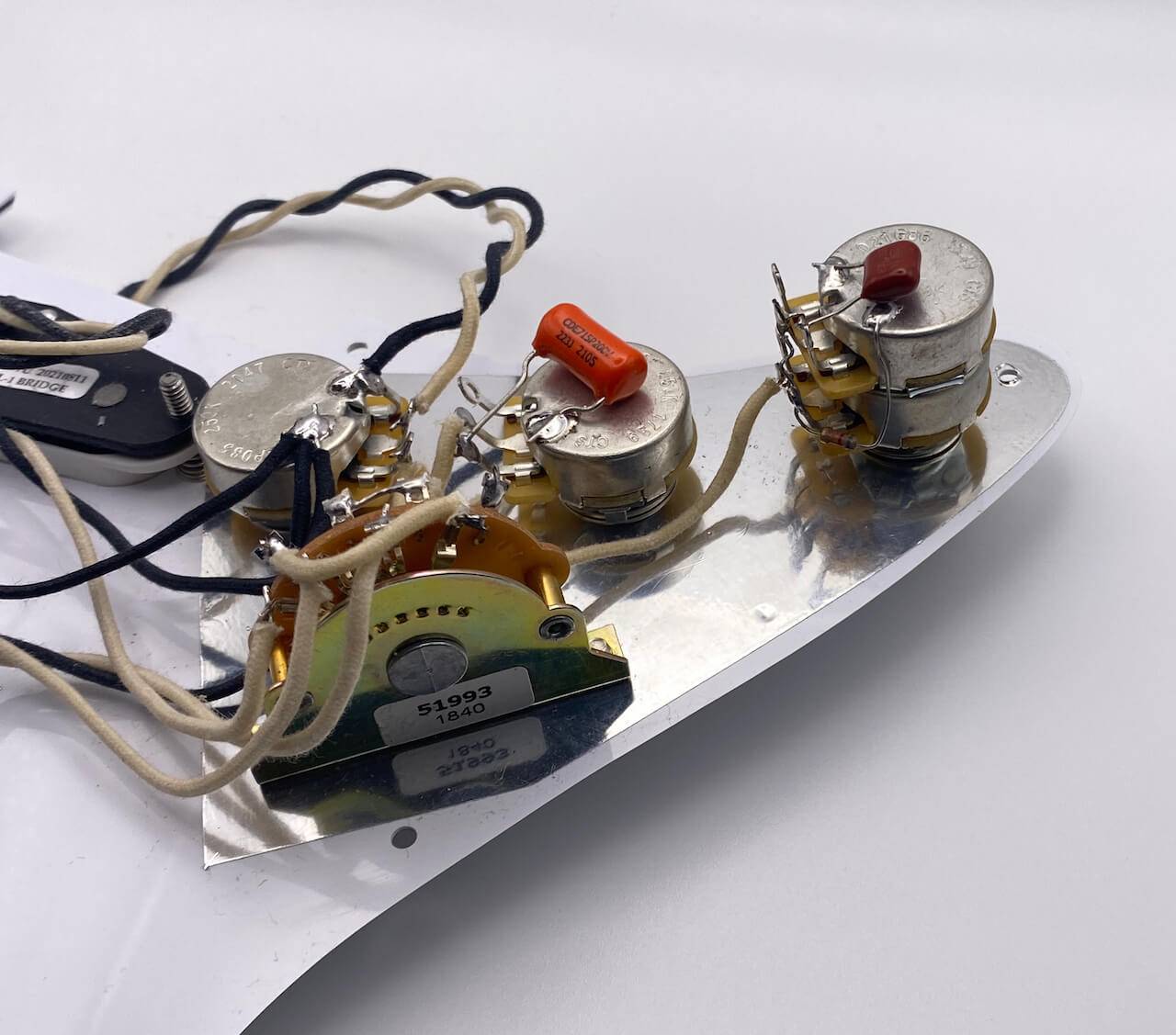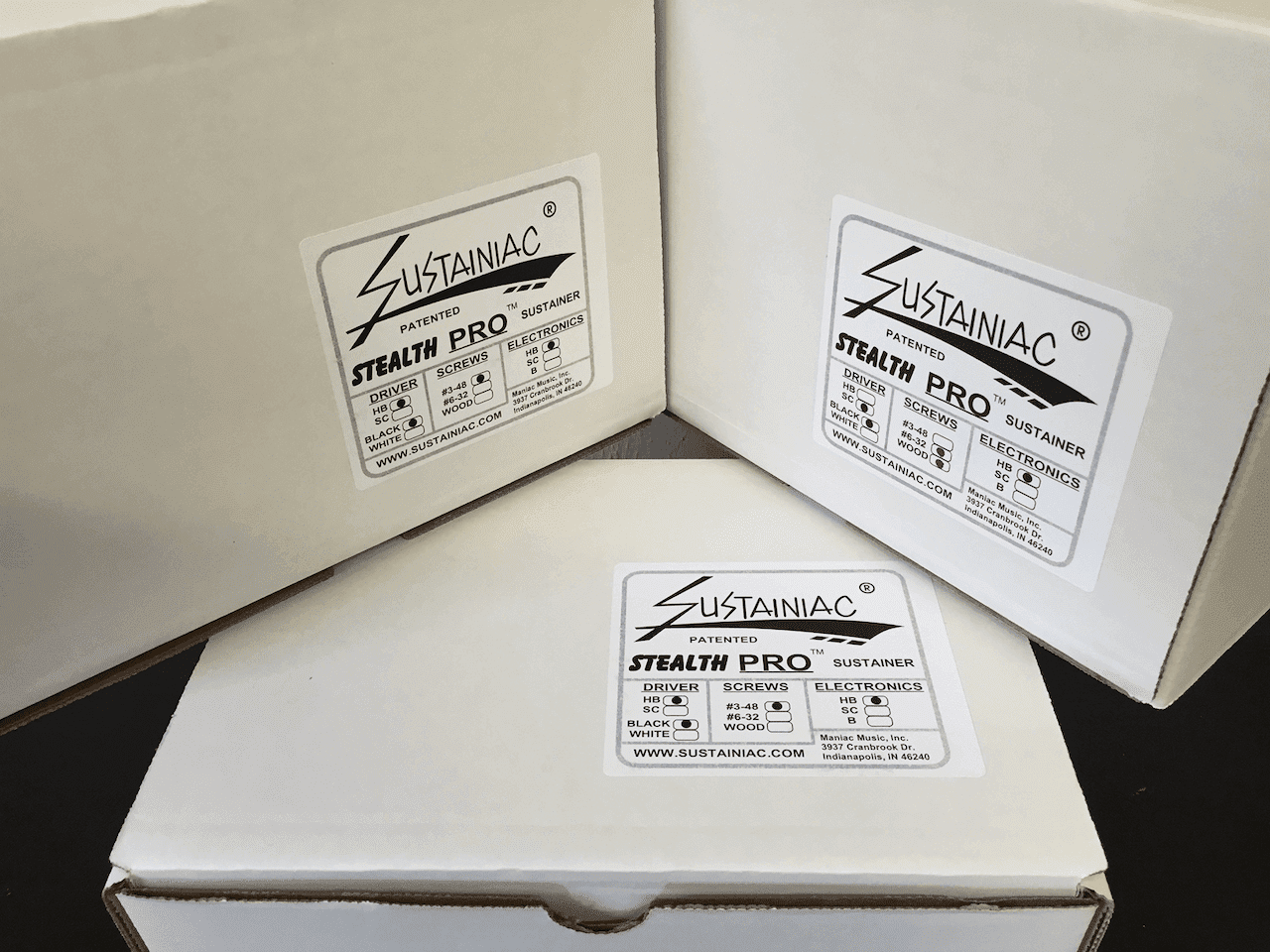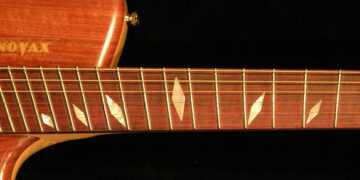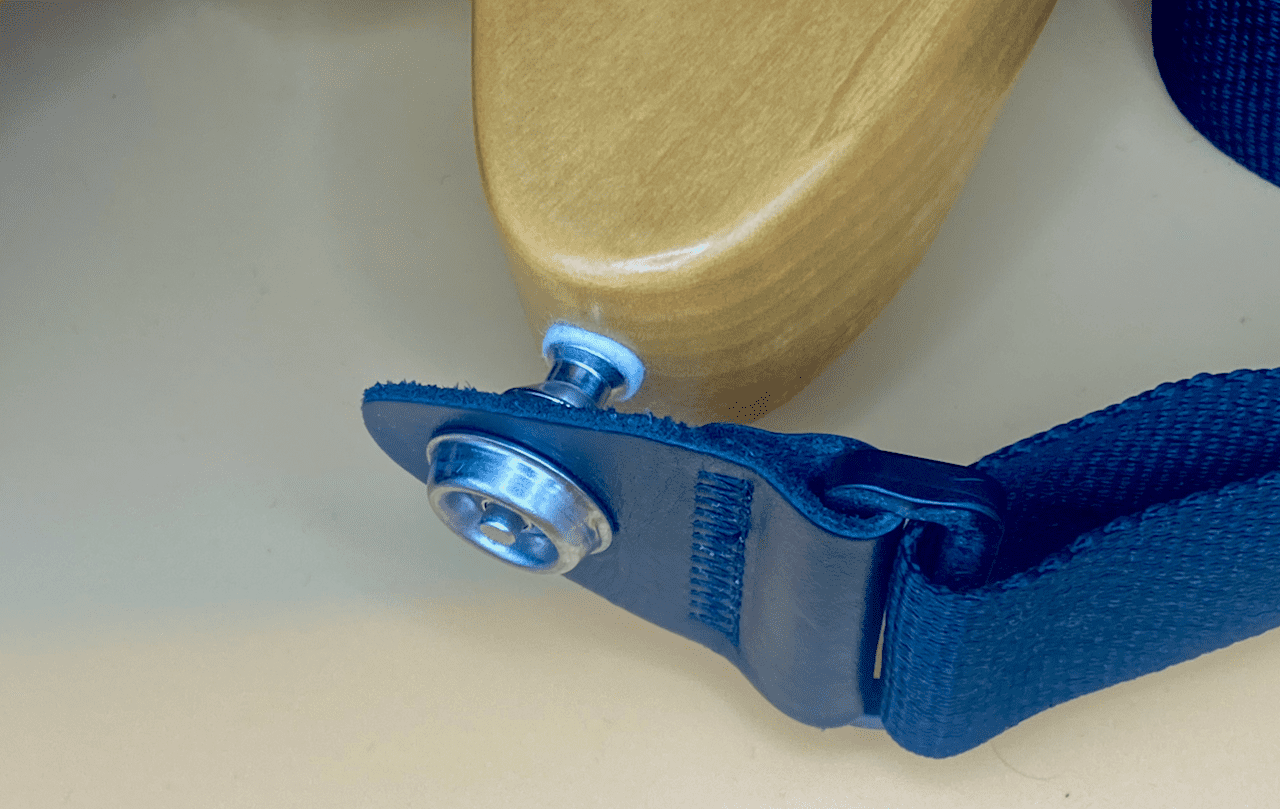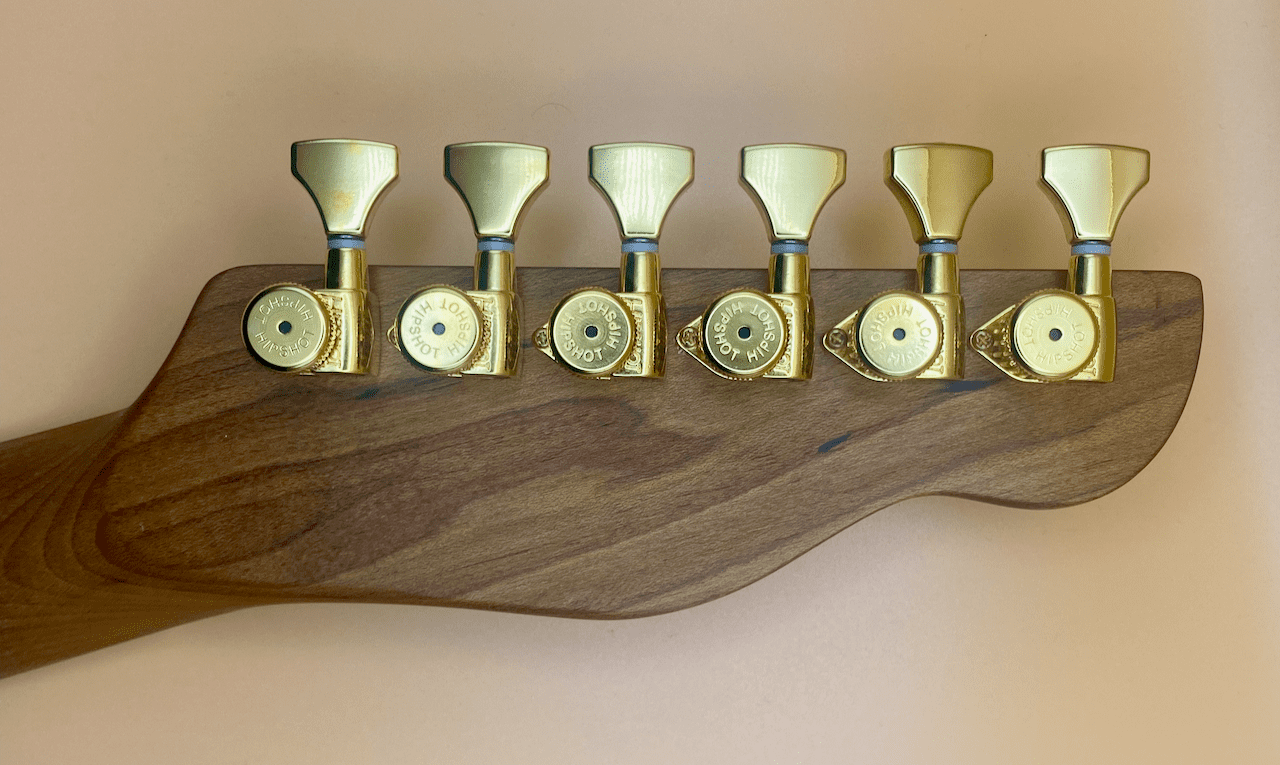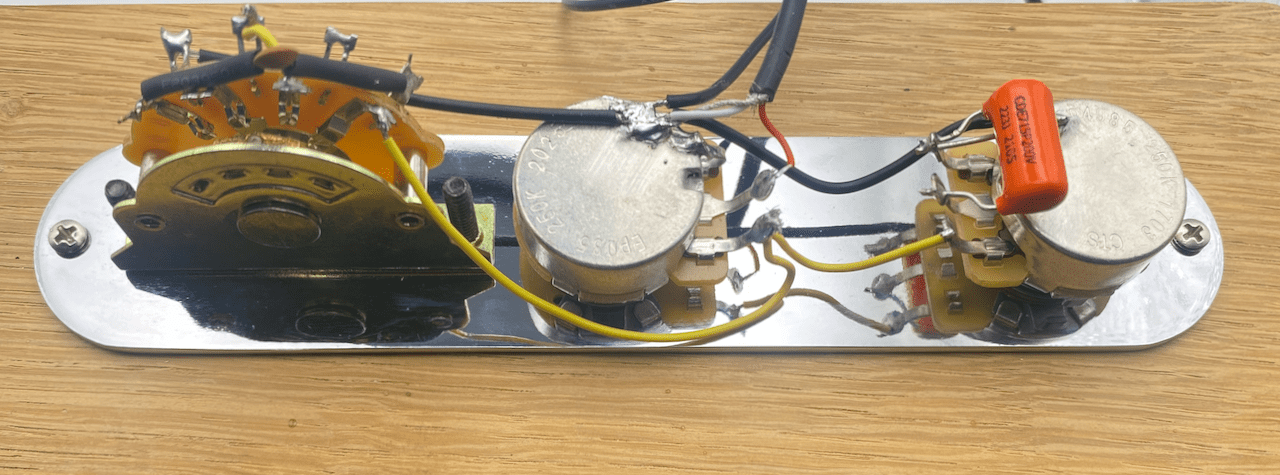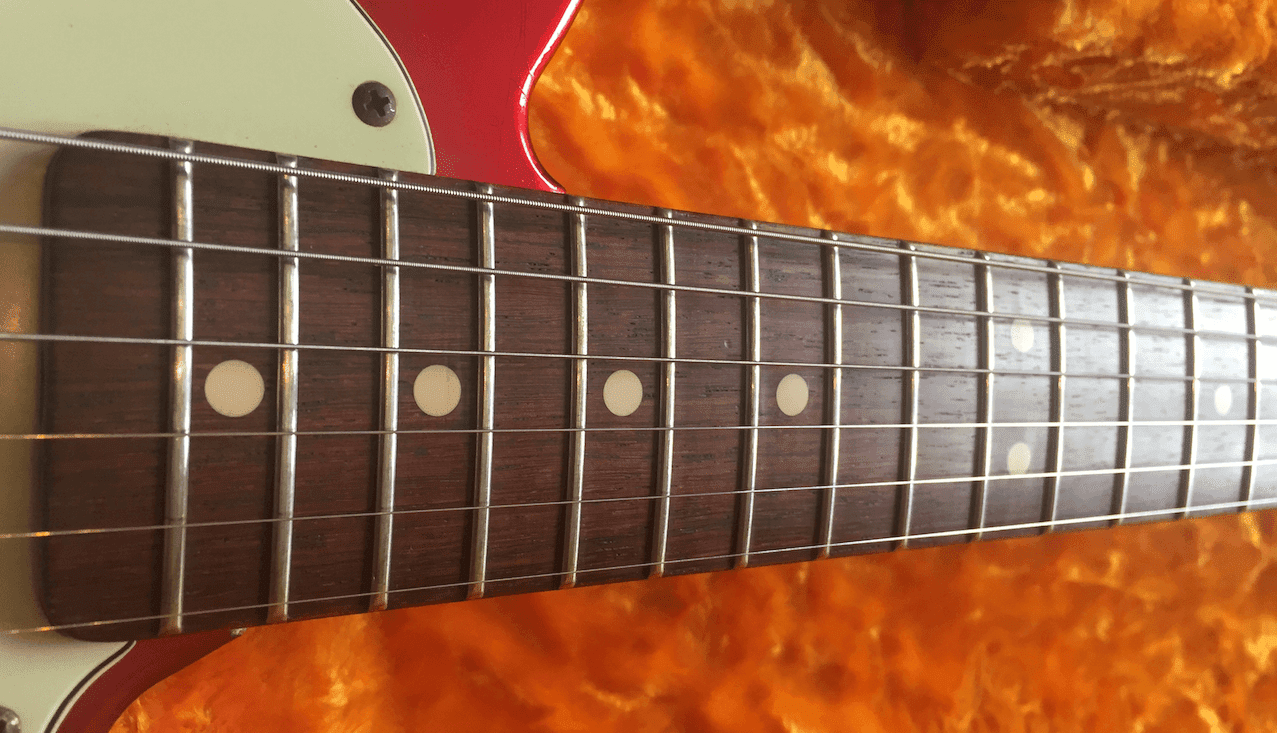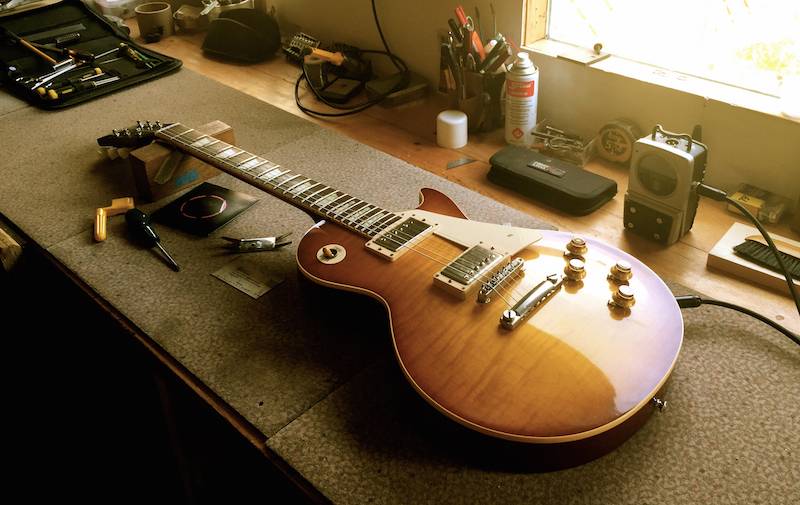Alan Hoover is the brains behind Maniac Music and the hugely popular Sustainiac Stealth Pro system. I’m taking no credit for this article whatsoever. This comes from a Music Trades article from December 2017. I thought it summed up the history of Sustainiac very well. enjoy!
WHEN JIMI HENDRIX rocked “The Star-Spangled Banner” at Woodstock, his secret sauce was a mix of heavy distortion and hellacious levels of feedback sustain. Listening to Hendrix and other greats including Jeff Beck and Pete Townshend, a musician named Alan Hoover became fascinated with sustain as a playing technique as early as the mid-1960s. Then lead guitarist in an Indiana band called The Villains, he started thinking about ways to harness sustain without cranking the amplifier up to deafening volumes—though at the time, he lacked the technical knowledge to do it. Later, though, that would change. After earning an electrical engineering degree from the University of Evansville, Hoover went on to a career in electronics design, developing systems for the U.S. Navy at the Naval Avionics Center as well as audio circuits for RCA. While at RCA, he met fellow guitarist and electrical engineer Gary Osborne— and that’s when his decades-long interest in sustain came full circle. In 1986, Hoover and Osborne built the first “Sustainiac” product for electric guitar, a compact, low-powered guitar-mounted device that drives enhanced vibrations through the strings for a turbocharged tone without the vagaries (and noise levels) of coaxing feedback sustain from the amp. Since showing that first product at the 1987 NAMM Show, Hoover’s Maniac Music company has rolled out a series of updates and variations that are used by numerous pro artists and built into select models from Schecter, Ibanez, and U.K.-based Manson Guitarworks, among others.
“Feedback sustain has been used by notables like Peter Townshend, Jimi Hendrix, and Carlos Santana for decades. I’ve always thought these and other guitar heroes in this genre were the first rock guitarists to transform the electric guitar from a musical instrument to a weapon that attacks the senses with the power to affect us profoundly. As armchair spectators, we’re left thinking, ‘If only I could do that….’”
Alan Hoover
Alan Hoover Launches Sustainiac
In that first Sustainiac model unveiled in 1987, Hoover and Osborne used an “electroacoustic” design that mounts to the guitar’s headstock, producing feedback sustain by sending intense acoustic vibrations into the strings through the neck in response to the pickup signal. This basic concept launched simply as the “Sustainiac,” paved the way for updates including the early “Model B” sustainer, the “Model C” introduced in 2003, and the new Sustain-Man unveiled in 2016. Back in 1987, though, the developers were already refining an alternative sustainer model. Six months after debuting their first product, they learned other manufacturers had developed “electromagnetic” sustain systems that “work like a pickup in reverse,” Hoover explains. In this type of sustainer, electrical vibrations from the guitar’s pickup are amplified and applied to a transducer, which in turn magnetically vibrates the strings. Hoover got his first look at electromagnetic sustainers when a guitar tech for U2 invited him and Osborne to inspect a U.K.-built unit that had been installed on guitarist The Edge’s instrument. After studying this early model, which relied on a complicated cable/connector arrangement and a high-voltage amplifier floorbox, he concluded it could be improved through a low-impedance transducer powered by batteries and installed as a self-contained unit on the guitar. This set the blueprint for the Sustainiac GA-1 model designed to fit into the Hamer Chaparral guitar in 1988. It was followed soon afterwards by the GA-2, whose more conventional shape allowed it to be retrofitted on a variety of instruments. The GA-2 would be taken up by guitar makers including Fernandes and ASI, as well as Hamer. Today, the Maniac Music lineup includes both electroacoustic and electromagnetic versions. While electromagnetic models demand a more complex installation, they remain the prevalent style, Hoover says. “Many guitar players prefer electroacoustic-type sustainers because they produce feedback sustain that is more like natural amplifier feedback, where the sustained string vibrations can variously be fundamentals or harmonics, in a less-predictable way than for electromagnetic-type sustainers,” he elaborates. “But the market for electromagnetic sustainers is and continues to be the main product for electric guitar players.” All told Maniac Music now holds five USA patents on sustainers. Key innovations over the years include the debut of Sustainiac “Stealth”-style sustainers in 2001, which transformed the electromagnetic side by separating the controls from the circuit board and accommodating the use of push-pull controls giving the player complete control over the system. With their very small circuit profile, Stealth models can be installed in most guitars with no routing and minimal changes to the guitar body. As Hoover sums up: “This was an important step forward.” In its latest edition, the Stealth PRO, the series incorporates a new transducer yielding very low magnetic field intensity at the bridge pickup, which allows for very high sustainer gain and consistent performance across a wide variety of guitars and pickups. In another notable upgrade, last year’s Sustain-Man model delivered a robust, battery-powered electroacoustic sustainer that mounts to the guitar body without requiring an A/C line-powered floorbox: Powered by a single 9-volt battery, it offers wireless connection to the guitar amp. And as for coming attractions: “There will be at least one new product within the coming year,” says Hoover. “I think this will be our coolest product yet.” Since debuting as what Hoover calls a “mini-hit” at its first NAMM Show, Maniac Music has built a following that’s grown steadily into new applications and markets. At last count, its products are now sold to manufacturers and end-users across North America and most of Europe, plus major markets in Asia and parts of South America. Hoover, now the company’s majority owner, has been joined in the business over the years by his wife Diane, his son Jay, and “many friends,” he says, adding: “We have worked long hours, days, and months together to make this idea a successful product. Now that it is becoming something of a success, I cannot tell this story without acknowledging their unfailing love and support. This keeps me excited and energetic.

